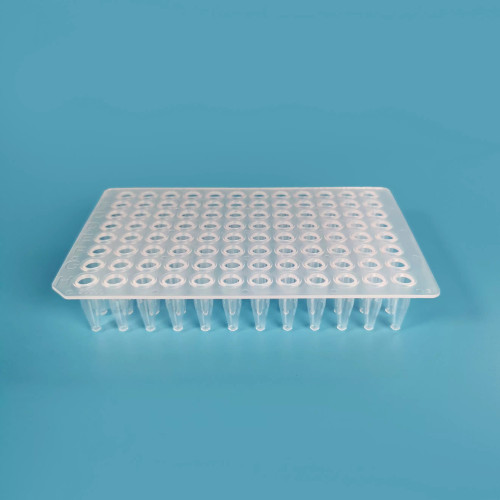Product Overview
For real-time PCR, DNA and RNA extraction, and other sensitive optical assays, our Optical Adhesive Sealing Films are best in class. Designed to withstand all required chemical or thermal cycling processes, these optically clear adhesive films give you a secure seal. Each film is free of DNase, RNase, and human DNA to ensure your results are precise. Our films are designed to offer a high quality seal, protecting your samples and assays from evaporation and contamination.
Product Features
- DNase & RNase free, Non-pyrogen (Endotoxin Free)
- Special sealing film for qPCR, 0.1mm high permeability film
- Designed to fit on 96-well, 384-well plates, and Elisa Applications.
- Pressure-sensitive adhesive provides a tight seal over every well
- Tight seal to minimize evaporation and condensation
- Will not interfere with sample reading
- Will not adhere to skin or gloves
- Optimized for high sensitivity optical assays
- Tight seals even with raised rims
- Pressure-sensitive adhesive for easy, accurate application
Product Specifications
| Catalog Number/SKU | MF-G6065 |
| Pressure Sensitive | Yes |
| Plate Compatibility | 96/384-Well Plates, Elisa Applications, including plates with raised rims |
|---|---|
| Color | Transparent |
| Packaging | 100 films/pack |
| Withstand Temperature | -70°C (-94°F) - 120°C (184°F) |
| Storage Condition | Room Temperature |
| Adhesive | Yes |
| Optical | Yes |
Operation Process
- Simply peel the backing away from the adhesive film and apply firmly across the top of the microplate. It will not stick firmly when touched to avoid adhesion to skin or gloves; it can be firmly attached to the PCR reaction plate when pressure is applied, effectively avoiding sample contamination or splashing
- Stack microplates and read samples as usual. After the reaction, the sealing film can be easily torn off, without residue.














